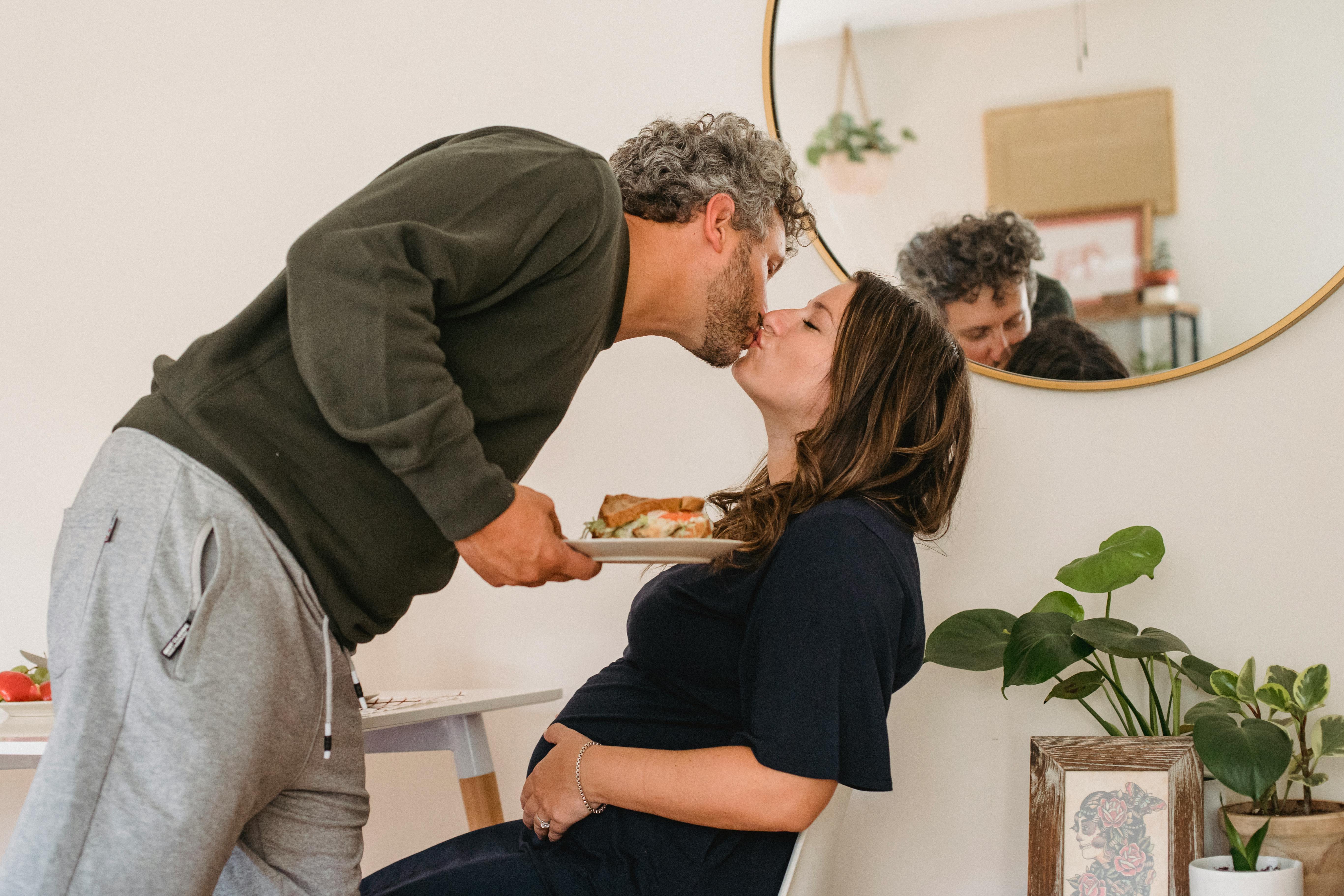Living day to day with feline kidney disease: help your cat have a better quality of life
As a companion to a cat living with feline kidney disease, there are many small things you can do on a daily basis that will help your furry friend feel better and be more comfortable. This can go a long way to improve your overall quality of life and help extend your time together.
Atmosphere
– Try to protect your cat from stressful situations and give him a calm and warm place to stay. Provide blankets and a warm sofa or bed to lie on. If you have a fireplace, chances are you’ll walk up to it when you light the fire. Make sure it doesn’t get too cold and keep it safe inside the house!
– Handle your cat with care. Cats with chronic kidney disease tend to be nauseous, so light, gentle hugs and petting that don’t churn their stomachs are best.
– A cat that is not feeling well may not groom itself as much as it should. You can help him by brushing and combing him regularly, but he always remembers to be gentle, especially if he is receiving injections or subcutaneous fluids.
Food and water
– Keep an eye on how much your cat eats and drinks each day. This will be helpful for your vet to know at your next appointment.
– If your cat doesn’t seem to be getting enough to eat, it may help to place her food in a quiet and peaceful part of the house, so she can relax while eating.
– Canned food will be more palatable to your cat if you warm it up a bit in the microwave before serving it, especially if it has been stored in the fridge.
– If your cat is older, it may have problems chewing food. You can help by shaping his food into a mound, rather than leaving it flat on his plate. This makes it easier for your cat to access food.
– Clean food dishes well every day. The smell of barn food can be very unpleasant, especially for a cat that is not feeling well.
– Since drinking enough water is crucial for the health of a cat with kidney disease, it can help if you have two or more bowls of fresh water in different parts of the house. Be sure to clean and refill the bowls every day, as the water can collect dust, bacteria, and dead insects if it sits too long. Depending on the water quality in your area, you might consider giving your cat bottled water, since it won’t have as many chemicals in it as are often found in tap water.
– Cats usually prefer to drink running water. You may be drawn to the sink or toilet bowl. If this is the case, make sure they are spotlessly clean. Also, don’t use chemical cleaners or deodorants that can poison your cat. You may want to get an automatic water dispenser that provides a steady stream of flowing water. Some cats seem to prefer these, and it may encourage them to drink more. If your cat has an upset stomach due to kidney disease, serve the water at room temperature instead of cold.
Mobility
– As feline kidney disease progresses, your cat’s potassium level may drop. This can make it difficult for you to jump to your favorite spots, or even climb stairs with ease.
– You can help by placing small boxes, ramps or “pet stairs” next to the sofa, bed or windowsill, so your cat can still access its special places.
– If your cat finds it difficult to climb into his litter box, look for a new one with lower sides, so that he can continue with his usual routine more easily.
– Encourage your cat to play if it is still able, but keep in mind that it will probably tire faster. Play around with it as much as you can, but be careful not to overdo it!
And above all, give your cat a lot of care and love. Just be there for him when he needs you and let him know you care. Cherish every precious minute you can spend together!



